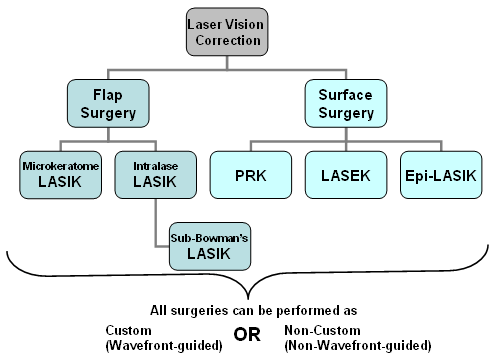Contrasting Conventional And Modern Approaches To Dealing With Glaucoma
Contrasting Conventional And Modern Approaches To Dealing With Glaucoma
Blog Article
Content Writer-Buck Mcfadden
Did you recognize that the development of glaucoma treatment approaches covers centuries, including both traditional remedies and innovative technologies? From ancient natural concoctions to sophisticated Minimally Invasive Glaucoma Surgical procedure methods, the spectrum of alternatives is huge. As you explore the complexities of traditional versus innovative strategies, you might uncover unexpected understandings that test traditional point of views on treating this common eye condition.
Historic Development of Glaucoma Treatments
The historic development of glaucoma treatments dates back to ancient people where different remedies were used to handle the condition. In old Egypt, as an example, therapies involved a combination of honey, fat, and sour milk applied to the eyes. The Greeks and Romans likewise contributed to early glaucoma therapies with a focus on topical applications and nutritional treatments. Throughout history, varied cultures developed unique techniques to relieve the signs and symptoms of glaucoma, often rooted in organic solutions and superstitions.
As time proceeded, improvements in medical understanding resulted in even more methodical approaches to dealing with glaucoma. In The Center Ages, Arabic scholars made significant contributions by examining the composition of the eye and establishing surgical techniques to attend to eye conditions. These very early developments laid the foundation for modern glaucoma therapies that we have actually today. Recognizing the historical context of glaucoma therapies gives beneficial insights right into the continual progression and improvement of medical techniques over the centuries.
Comparison of Traditional Techniques
In comparing traditional methods for dealing with glaucoma, consider the historic contexts and effectiveness of numerous treatments.
Standard treatments for glaucoma have developed over centuries, from ancient methods like making use of honey and white wine to much more recent innovations such as eye drops and surgical treatments. Historically, https://judahpwekq.blazingblog.com/26639134/accomplishing-clearer-vision-with-laser-vision-correction-procedures like the application of leeches or herbal mixtures were utilized to ease symptoms, however their efficiency was restricted.
As time proceeded, methods like iridectomy, where a part of the iris is gotten rid of, ended up being preferred for decreasing intraocular pressure. Read Even more , like making use of dental medicines to reduce eye stress, have stood the test of time and are still made use of today. Nevertheless, these treatments often feature adverse effects and might not be as reliable as modern-day choices.
It's necessary to evaluate the historic relevance of conventional glaucoma therapies versus their efficiency in the context of existing medical advancements.
Analysis of Innovative Treatment Strategies
Thinking about the developing landscape of glaucoma therapy, innovative strategies are revolutionizing the way this eye condition is taken care of.
One remarkable improvement is minimally intrusive glaucoma surgical procedure (MIGS), which provides a much less invasive choice to traditional operations. MIGS aims to reduce intraocular stress by enhancing the eye's natural drain system, bring about less difficulties and faster recovery times compared to standard surgical treatments.
In addition, the growth of sustained-release medicine distribution systems has actually provided a much more efficient way to carry out glaucoma drug. These systems can launch medicine progressively over an extended duration, boosting patient adherence and lowering the regularity of eye declines.
Moreover, arising modern technologies like selective laser trabeculoplasty (SLT) provide a non-invasive choice for lowering intraocular stress by targeting specific cells in the eye's water drainage system.
Conclusion
As you assess the evolution of glaucoma therapies, you can see just how typical techniques have led the way for cutting-edge techniques to arise.
From old remedies to modern innovations, the trip of treating this complex eye problem has resembled a rollercoaster trip.
Yet with new techniques like MIGS and sustained-release medicine delivery, the future appearances brighter than ever for patients seeking effective and less intrusive options.
